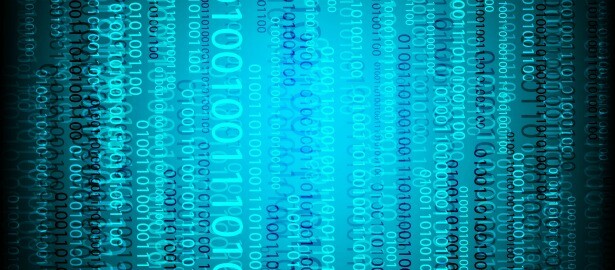

First of all, these three types of analytics should co-exist. One is not better than the other, they are just different, but all of them are necessary to obtain a complete overview of your organisation. In fact they are more consecutive and all of them contribute to the objective of improved decision-making.
Descriptive analytics is about the past
Descriptive analytics helps organisations understand what happened in the past. The past in this context can be from one minute ago to a few years back. Descriptive analytics help to understand the relationship between customers and products and the objective is to gain an understanding of what approach to take in the future: learn from past behaviour to influence future outcomes.
Common examples of descriptive analytics are management reports providing information regarding sales, customers, operations, finance and to find correlations between the various variables. Netflix for example uses descriptive analytics to find correlations among different movies that subscribers rent and to improve their recommendation engine they used historic sales and customer data.
Descriptive analysis is therefore an important source to determine what to do next and with predictive analytics such data can be turned into information regarding the likely future outcome of an event.
Predictive analytics is about the future
Predictive analytics provides organisations with actionable insights based on data. It provides an estimation regarding the likelihood of a future outcome. In order to do this, a variety of techniques are used, such as machine learning, data mining, modelling and game theory. Predictive analytics can for example help to identify any risks or opportunities in the future.
Predictive analytics can be used in all departments, from predicting customer behaviour in sales and marketing, to forecasting demand for operations or determining risk profiles for finance. A very well-know application of predictive analytics is credit scoring used by financial services to determine the likelihood of customers making future credit payments on time. Determining such a risk profile requires a vast amount of data, including pubic and social data.
Another example of predictive analytics is forecasting the demand for a certain region or customer segment and to adjust production based on the forecast. This is quite a common analysis and it takes into account many different data sets, from open, weather, data for example, to sales data and social media data.
Historical and transactional data are used to identify patterns and statistical models and algorithms are used to capture relationships in various data sets. Predictive analytics has really taken of in the big data era and there are many tools available for organisations to predict future outcomes. With predictive analytics it is important to have as much data as possible. More data means better predictions.
Prescriptive analytics provides advice based on predictions
Prescriptive analytics is the final stage in understanding your business, but it is still in its infancy. In this year’s Hype Cycle of Emerging Technologies by Gartner, prescriptive analytics was mentioned as an “Innovation Trigger” that takes another 5-10 years to reach the plateau of productivity. Prescriptive analytics not only foresees what will happen and when it will happen, but also why it will happen and provides recommendations how to act upon it in order to take advantage of the predictions.
It uses a combination of many different techniques and tools such as mathematical sciences, business rule algorithms, machine learning and computational modelling techniques as well as many different data sets ranging from historical and transactional data to public and social data sets. Prescriptive analytics tries to see what the effect of future decisions will be in order to adjust the decisions before they are actually made. This will improve decision-making a lot as future outcomes are taken into consideration in the prediction.
As prescriptive analytics is so new, it is only around since 2003, and so complex there are very little best practices on the market. Only 3% of the companies use this technique, and still with a lot of errors in it. One of the best examples is the self-driving car of Google that makes decisions based on various predictions and future outcomes. These cars need to anticipate on what’s coming and what the effect of a possible decision will be before they make that decision in order to prevent an accident.
Prescriptive analytics could have a very large impact on business and how decisions are made and it can impact any industry and any organisation and help them becoming more effective and efficient. For example, prescriptive analytics can optimize your scheduling, production, inventory and supply chain design to deliver the right products in the right amount in the most optimized way for the right customers on time.
With descriptive, predictive and prescriptive analytics understanding your business will become easier and better-informed decisions can be made that take into account future outcomes. There are not many big data startups currently that can take advantage of prescriptive analytics, but one well-know big data company is Ayata. Prescriptive analytics is the future and IBM already called it “the final phase” in business analytics in below video.
Image: WWT